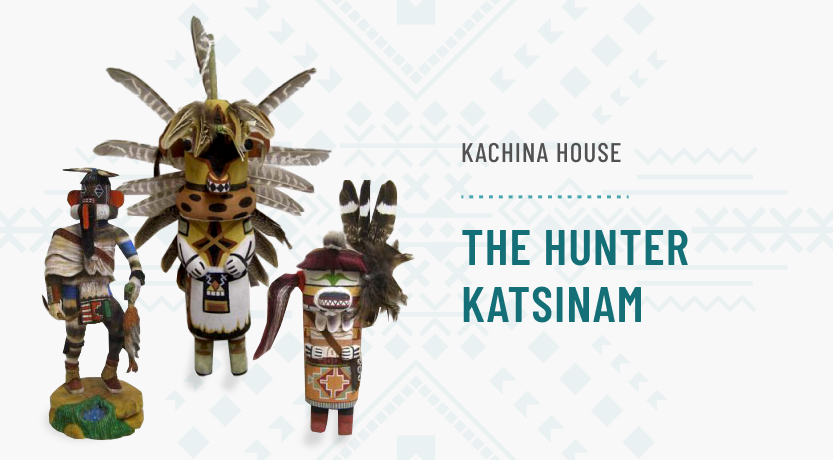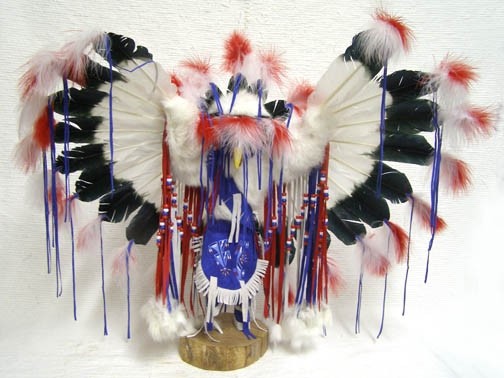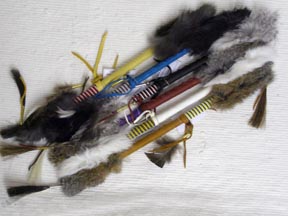For centuries Native Americans of the Southwest have cultivated their rich artistic traditions. Techniques have been honed and refined, practiced and passed down. Crafts conceived as utilitarian necessities have blossomed into extraordinary forms of creative expression. Today, Navajo pitch baskets and pitch pottery stand as a testament to this remarkable tradition of craftsmanship.
Initially pitch was used as a means to waterproof baskets. Navajo women would cover the outside of the baskets with goat dung, then dip their baskets in hot pinon tree pitch thereby sealing the basket. These baskets were used to hold the most precious commodity, water. By using baskets instead of pottery, the containers could be larger because they did not have the weight of clay. The largest ones would traditionally hold up to two gallons. This type of basket is created now by request only and pitch baskets are rarely used in daily life or in ceremonies.
Over the course of generations this technique evolved into modern Navajo pitch pottery. Until the late 19th century, pieces of Navajo pottery remained largely unadorned. Eventually, however, potters began decorating their pieces with simple, elegant geometric designs. Rose Williams and her daughter Alice Cling, a talented duo of traditional Navajo potters, are credited with introducing Navajo pitch pottery to museum curators and craft markets in the 1950s. Prior to this point, few people outside the Navajo Nation had been exposed to the craft.
Today, pitch pottery is painstakingly handmade by Navajo artisans using many of the techniques employed by their ancestors. Children go from tree to tree, gathering the pinon pitch for the glaze. Clay is dug from the earth and then mixed with sand that has been ground to a fine powder before the pieces are finally shaped and fired. The entire process calls for an enormous investment of time, patience, and hard work. The finished product, in all its austere beauty, is truly a labor of love.
At Kachina House, we carry a unique assortment of Navajo pitch pottery hand built in the coil and scrape method and decorated by accomplished native artisans. We also on occasion have a pitch coated basket. Be sure to visit our shop, either in person or online, and see for yourself what makes this craft so special.


 Posts RSS
Posts RSS



I found a navajo pine pitch glazed pot signed on the bottom ZB. Can you tell me the name of that potter ?
Thank you.
Sorry Joyce, there are literally hundreds of Navajo potters and a comprehensive list has not been compiled for the Navajo potters.
I have a Nampeyo pot which is signed but it is my understanding that Frannie signed for her. This pot was purchased in the 40s by a couple on their honey moon
where can I get it appraised and is it likely it was a Frannie pot instead of there mother’s work?
Hi Jack. I would contact Al Anthony at Adobe Gallery. He specializes in old Pueblo pottery. His website is https://www.adobegallery.com/
Thanks for asking!
Kachina House
I have a Navajo vased signed by “A. J.” that has a dull area on the finish. I would like to fix this. I think the artist may have used pine pitch for the finish. May I send you a picture? I would like to know how to repair it or perhaps get it repaired.
Hi Richard…If you could send a photo I might be more able to help in how to repair the pot.
Can this type of pottery be used on a stove top?
Rebecca: Sorry to say this Pottery cannot be used on the stovetop.